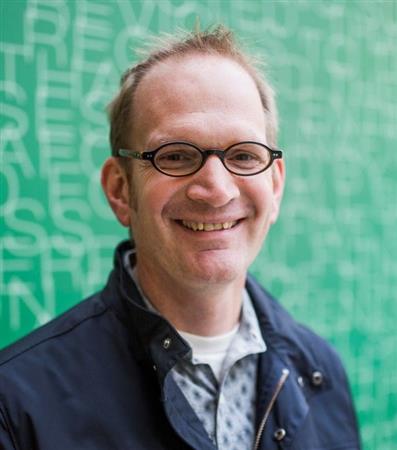
For our Zoom meeting of July 21st, 2021, Stacey Baumgarn, the Campus Energy Coordinator in Facilities Management at CSU, presented an overview of the ongoing efforts within the CSU community for improved sustainability for the future.
What might be called his mantra in addressing this subject is to focus on: What do we do? How do we do it? Who is involved? and What can you do? within the CSU community.
He started out by pointing out that CSU is a community of some 33,000 students, some 7500 faculty and staff, with some 12.5 million square feet of buildings, and an annual utility budget of around $20 million. That is, there is a lot of room for significant impact in the area of sustainability within the CSU community.
Of course, sustainability at CSU goes back to the founding of the school as an agricultural college with a focus on increasing crop yields and using resources more wisely. It was kicked into a higher and more focused gear with the signing of the Talloires Declaration (a commitment by university presidents and chancellors to a ten-point action plan for incorporating sustainability and environmental literacy into university programs) in 2001. This was followed, in 2008, by creating a climate action plan and starting to measure greenhouse gas emissions under the American College & University Presidents’ Climate Commitment. By 2010, the climate action plan included a commitment, based on some 16 strategies, to reduce emissions to achieve carbon neutrality by the year 2040. In 2017, CSU signed onto the Climate Reality Pledge with the goal of reaching 100% renewable electricity by 2030. These goals are being addressed with a team approach so there is no single entity in the university that is in charge but virtually every unit of the school has some program or section that is focused on sustainability (e.g., there is a School of Global Environmental Sustainability and all eight colleges have at least one major or minor related to sustainability).
Progress is benchmarked utilizing the STARS platform (Sustainability Tracking, Assessment & Rating System) which includes over 1000 fields or questions across four categories: engagement across the community (e.g., events and outreach); planning and administration (e.g., adopting infrastructure for sustainability like the MAX bus line); academics and research; and operations (e.g., buildings, utilities, and climate action). CSU[s1] is one of ten institutions in the world to achieve Platinum Status, the highest level.
CSU conducts an annual greenhouse gas inventory, reported in units of CO2 equivalent, using a higher-ed protocol in order to compare with other institutions of higher learning. More than ¾ of the greenhouse gas load is from electricity (51%; a large part because of the coal for electricity) and natural gas (28%, also related to buildings). Since 2010, the greenhouse gas load of the university has decreased by some 15%, which is good (especially considering the increase in both student body and square footage of buildings), but leaves a long way to go to reach the goals committed to so far (including the commitment to have 100% renewable electricity by 2030). The magnitude of these commitments seems daunting, but similar goals have been committed to by several municipalities and power companies in our area. Toward meeting that goal, the university will dramatically increase the number of solar arrays in the next year.
Another aspect of sustainability is waste diversion. Among other things, CSU invests a lot in education about proper recycling, a regular waste audit is conducted, and there is a successful campus-wide effort to compost all compostable waste.
One of the publicity slogans is “The Power of One” – the individual vs the macro. Among other things, turn off the lights, and at the end of the day turn off the computer, monitor, etc. “If it’s not in use, turn off the juice”.
Some summarizing statistics: CSU has a STARS sustainability rating of 88.14, the highest in the country; CSU was the first STARS platinum university in the country. “Sustainability is foundational to who we are.”
As for some of the current efforts at CSU, he expects that some 50% of CSU’s electricity will come from renewable in 2022 and, with the cost of solar being close to parity with coal, solar will continue to be an increased contributor in the future. In the spate of new building on campus over the last few years, most of the new buildings are highly energy efficient; some older buildings are getting efficiency retrofits; although there are 20% more buildings now than a few years ago, energy consumption has been flat. There has been serious collaboration in sustainability across disciplines and offices.
In response to a question about cost vs. payout for retrofitting, he indicated that it is highly variable – some of the projects have been very good, others more questionable.
With respect to incorporating researchers into the sustainability effort, as indicated above, although some researchers are focused outside the university, there has been significant cooperation across all disciplines. He also suggested that facilities needs to continue to reach out to the researchers to bring their expertise into the effort.